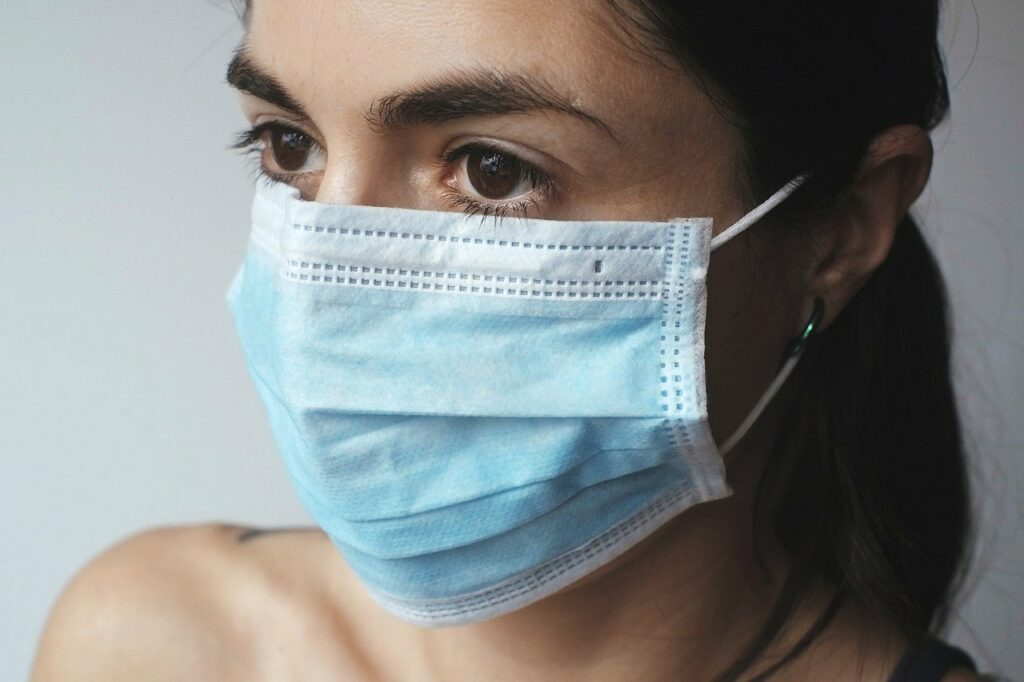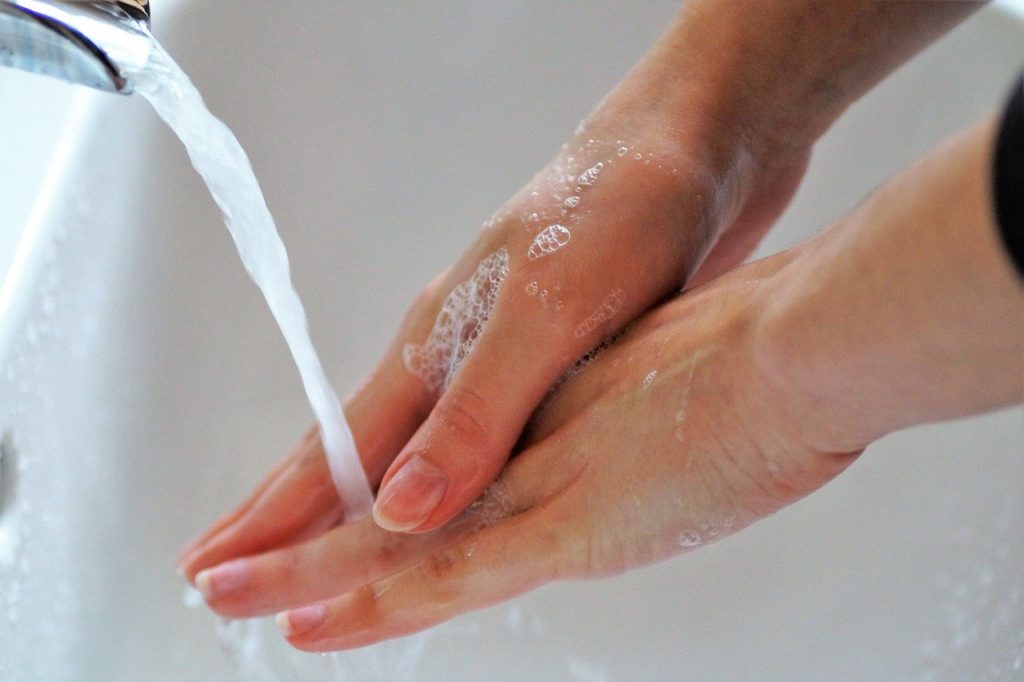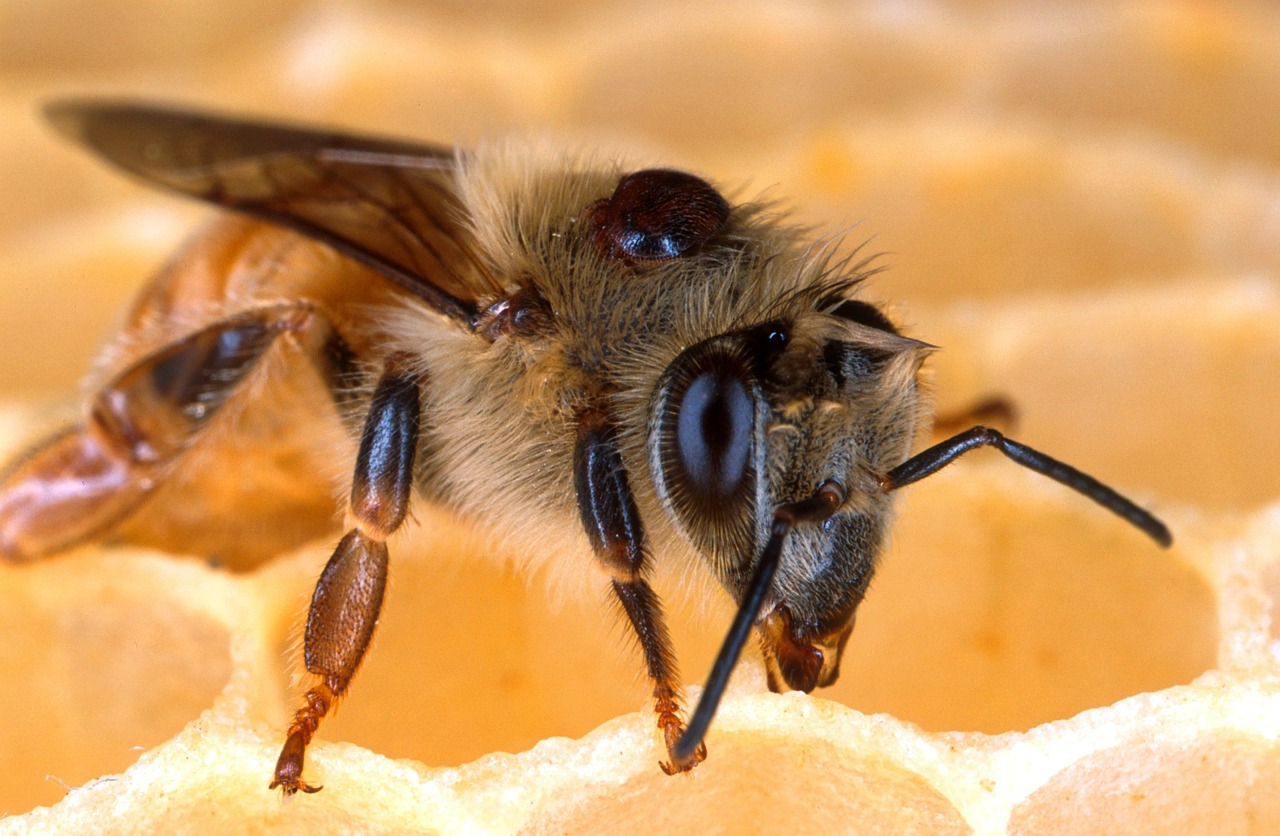A bee sting is not just painful. It can also lead to other symptoms such as swelling. What causes swelling in a bee sting? What can you do about it? And how do you even prevent it from happening? Here is everything you need to know about bee sting swelling.
Bee sting swelling — fast facts
- Bee venom has a lot of ingredients that can interact with your body. When bees sting you, they inject bee venom into you. Bee venom has many active components, such as amino acids, enzymes, and peptides. Its interaction with the human body is just as complex. Bee venom can lead to a variety of symptoms, including itching, pain, and swelling. The symptoms will vary from person to person as different bodies react differently. The symptoms you will experience will also depend on the amount of bee venom you have received.
- Swelling is a common reaction to a bee sting. If you notice your bee sting swelling, there is no need to panic. Swelling is a fairly common symptom associated with bee stings, and it usually heals itself within a few days. However, this doesn’t mean you should be complacent. If the bee sting swelling is accompanied by other symptoms, such as skin infections and systemic allergic reactions like anaphylaxis, seek medical attention immediately. Anaphylaxis is considered a medical emergency.
- There are other mild symptoms to look out for. Sure, bee stings can be life-threatening because of severe medical conditions like anaphylaxis. But these cases are not very common. It’s likely that your bee sting will only result in swelling and other mild symptoms. You can experience burning in the sting area, redness, and tenderness. However, if you experience difficulty in breathing, dizziness, and rapid heartbeat, seek medical attention immediately. These are warning signs for anaphylaxis.

What to do to swelling bee stings
- Provide first aid. Once you have been stung by a bee, provide first aid immediately. Your main goals are to remove the bee stinger and clean the affected area. You need to remove the bee stinger because it can inject more venom into you if you let it be. The more venom you receive, the worse symptoms you may experience. Gently scrape the bee stinger out of your skin with a flat surface like a credit card. You also need to clean the affected area because the bee stinger can leave bacteria and dirt behind. These can lead to infections. Clean the affected area with soap and water.
- Do a cold compress to ease the swelling. After administering first aid, do a cold compress to reduce swelling. The best way to do this is with an ice pack. But if you don’t have one, you can make a DIY ice pack by wrapping a few ice cubes with a clean towel. Apply the ice pack to your skin for 10 minutes. Take a break for 10 minutes. And then apply again for the same number of minutes. Do this consistently for about an hour to control the swelling of the bee sting. But make sure that the cold compress is not too cold. If it is, it can be counterproductive. It can end up damaging the skin instead of helping it heal.
- Use traditional medications or try home remedies. Over-the-counter pain relievers such as aspirin and ibuprofen and over-the-counter topical treatments like hydrocortisone cream can help reduce pain and swelling. But even though they are over-the-counter medications, they can still lead to complications and side effects. It’s still important to consult a healthcare professional. If you are experiencing mild symptoms, bee sting home remedies may be enough. Ironically, honey can help reduce inflammation, and it’s backed by science. Be careful in using other home remedies because they may have no scientific backing and may even damage your skin.

How to avoid bee stings and swelling
- Try getting an allergy test. Allergic reactions happen when your body detects a foreign object and tries to get rid of it. This can lead to allergy symptoms, including itching and swelling. By taking an allergy test, you will receive allergens such as bee venom to see if your body will react to it. Your healthcare professional may then recommend you carry an epinephrine auto-injector to help prevent severe allergic reactions. This can also save your life, as severe allergic reactions can be life-threatening if not dealt with immediately. If it’s your first time getting stung by a bee and your bodily reaction is relatively mild, you may not need allergy testing. But it’s highly recommended for those who have a history of severe allergic reactions to insect bites and stings.
- Relocate the bees around you. If you have bees on your property, of course, you are more vulnerable to bee stings and swelling. Get rid of the risk by relocating the bees. Remember that bee populations around the world are in danger, so there is no need to really kill them. Hire a beekeeper or a pest control professional to do the relocation for you. It’s really ideal to just hire someone over doing it yourself. They have the knowledge to competently do the job. And they have the tools to protect themselves from harm, such as bee veils. Most homeowners don’t have bee veils lying around.
- Protect yourself to avoid getting stung. Self-awareness will go a long way. If you are going to an area with bees, wear protective clothing. Wear long-sleeved shirts, pants, shoes, gloves, hats, and face masks. If you see bees around, move away from them slowly. And don’t aggressively wave your hands to shoo them away. They may see you as a threat and sting you out of self-defense. Just be calm and be aware of your surroundings at all times.
Bee stings can swell
Swelling is a common reaction to a bee sting. It often goes away on its own in a few days. You can help ease the swelling by administering first aid, doing a cold compress, and using over-the-counter medications and home remedies. If you experience more severe symptoms from the bee sting such as difficulty in breathing, seek medical attention immediately.

